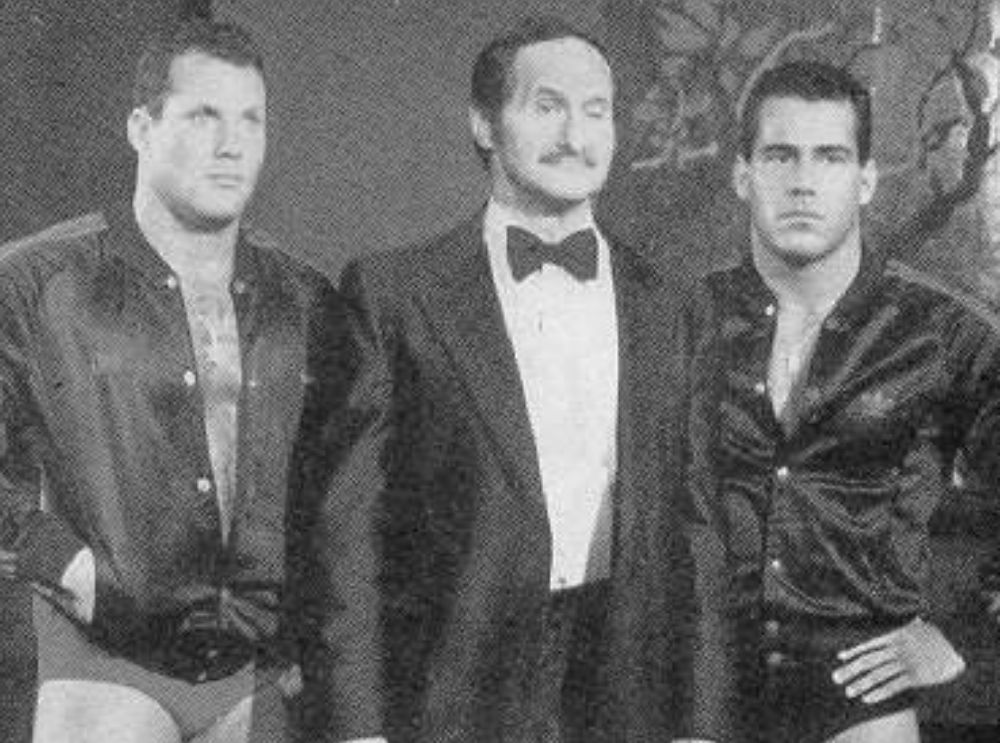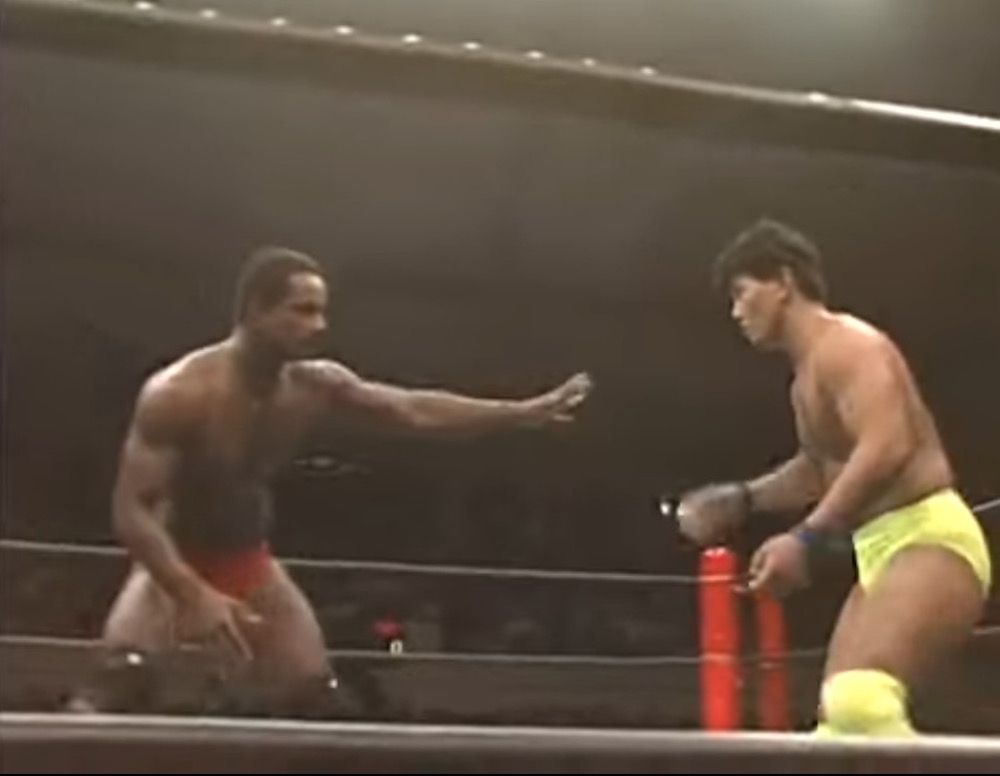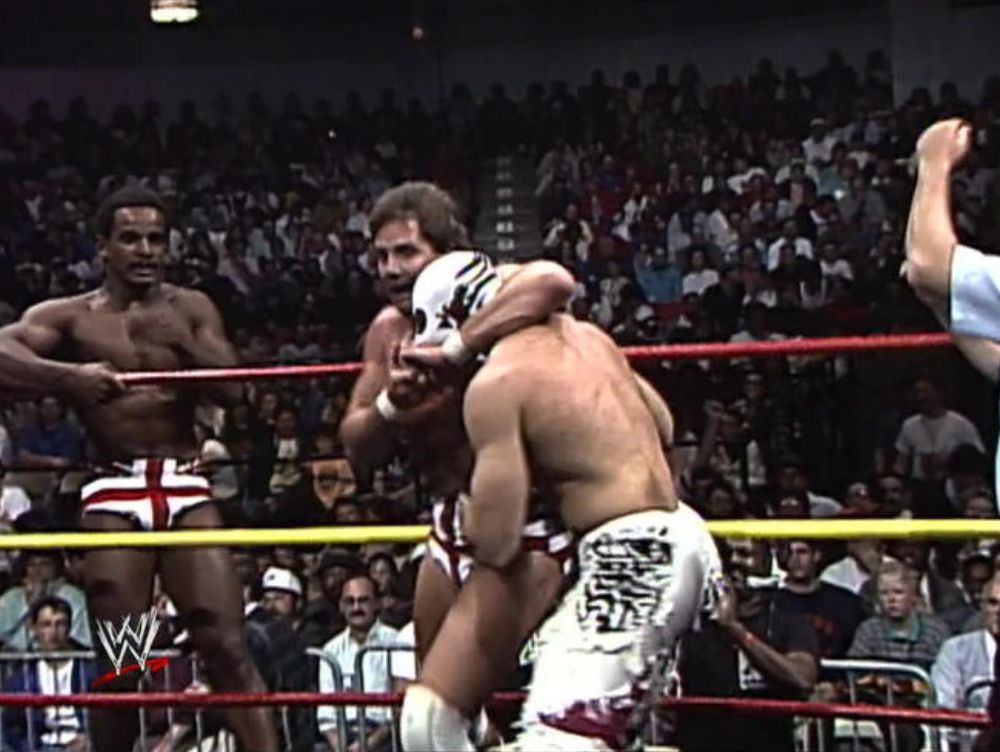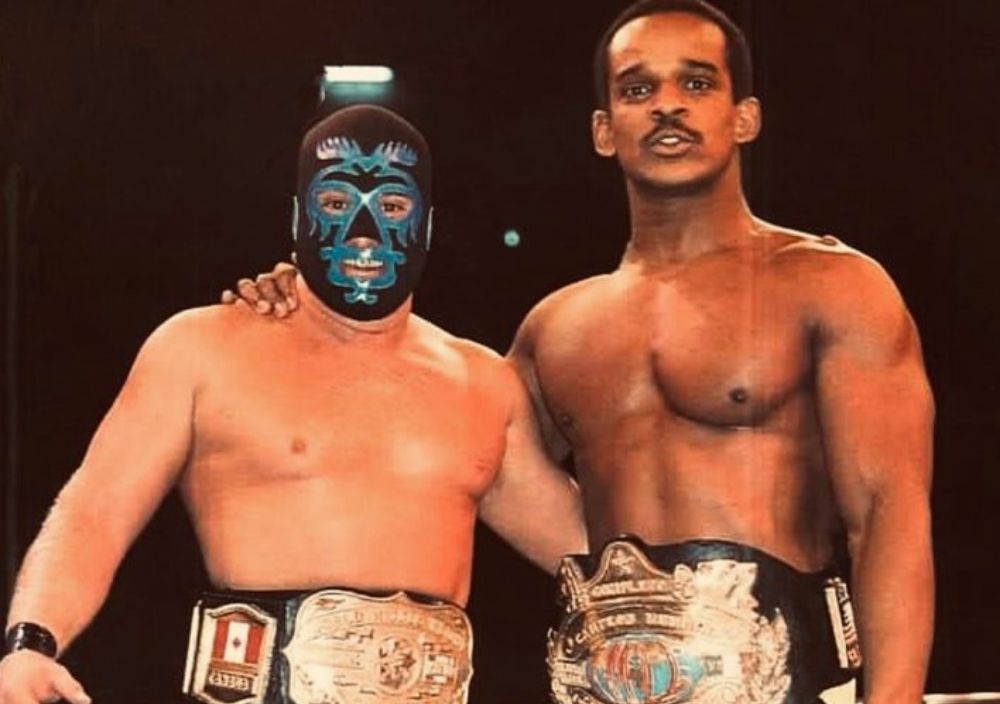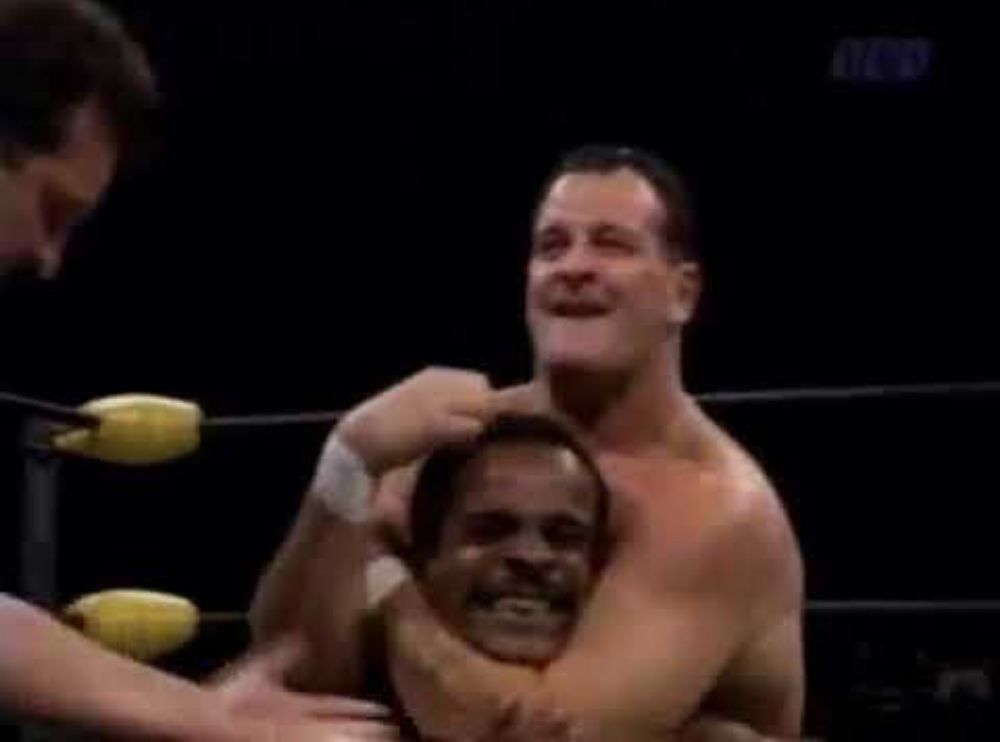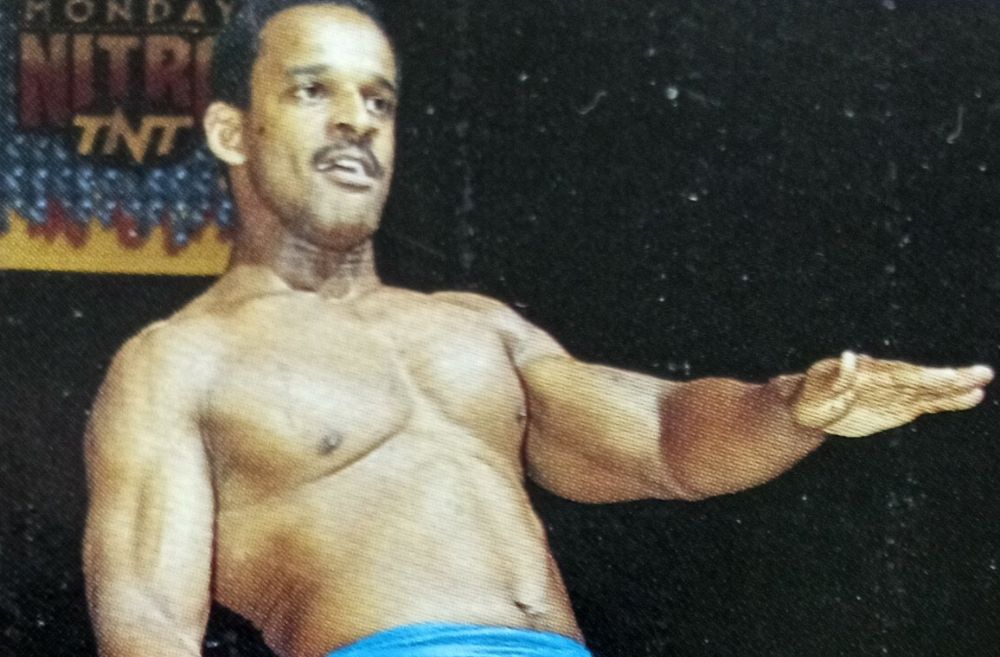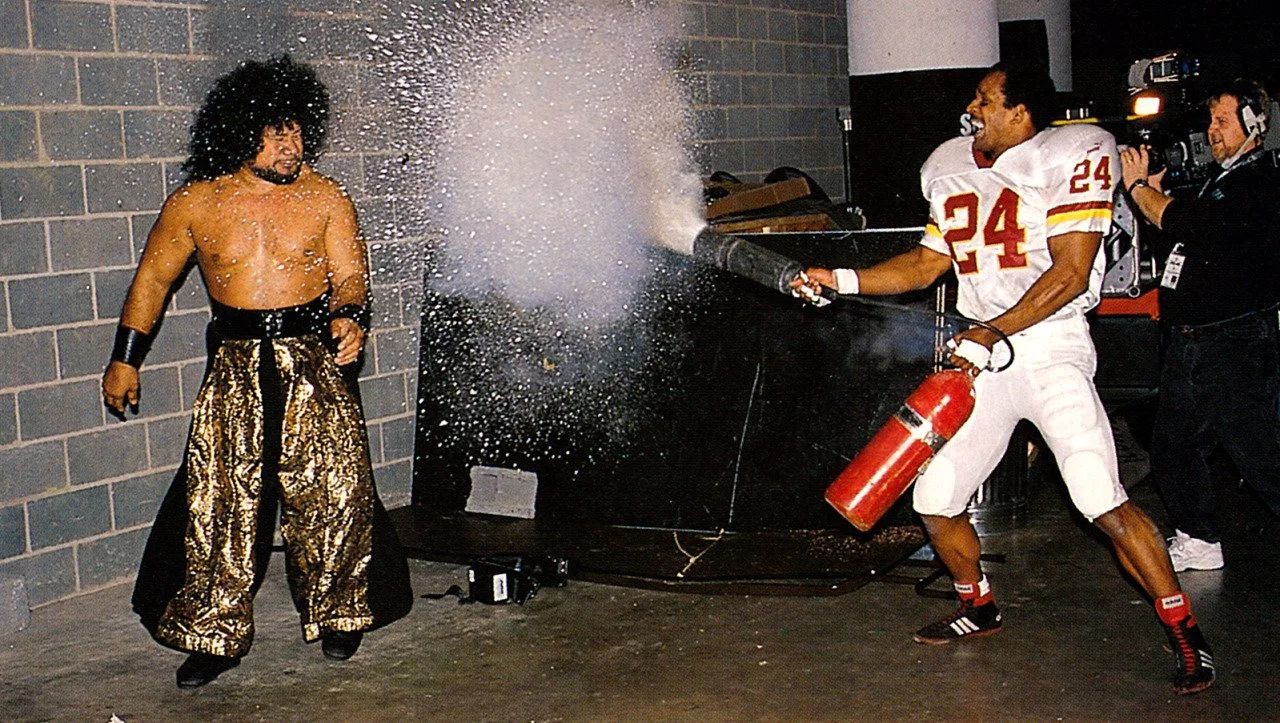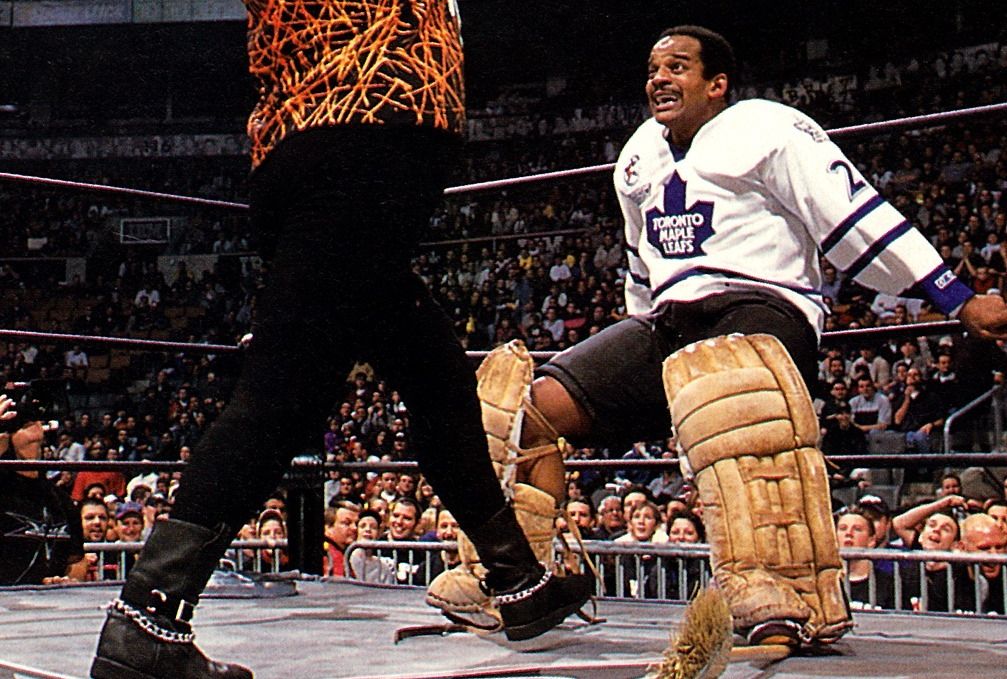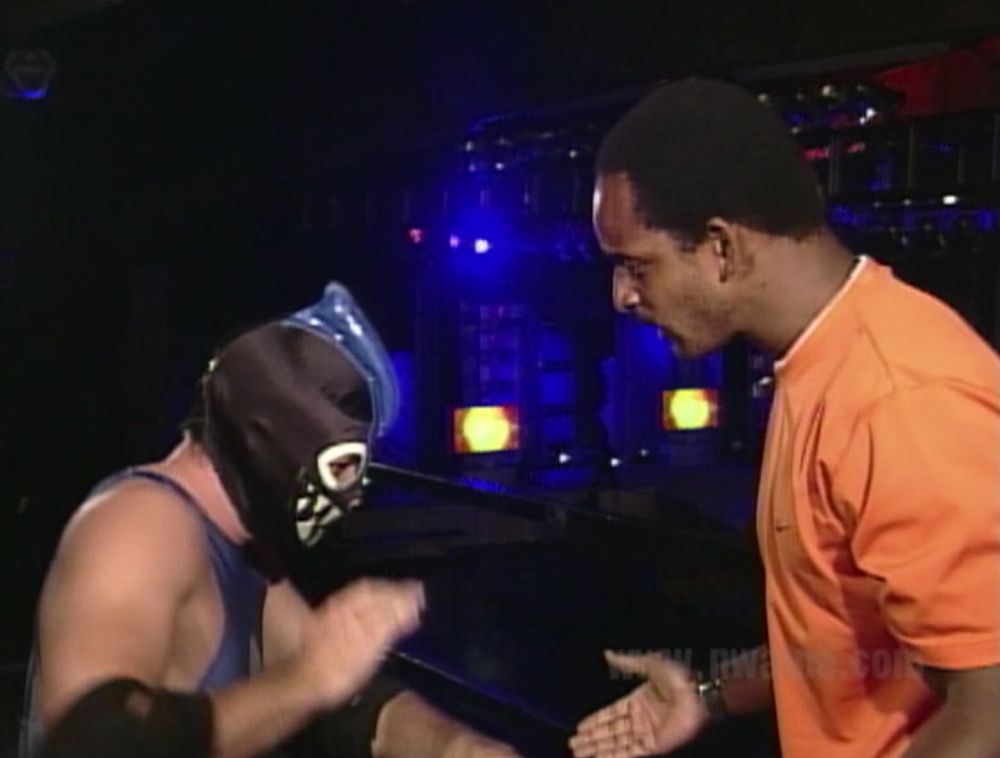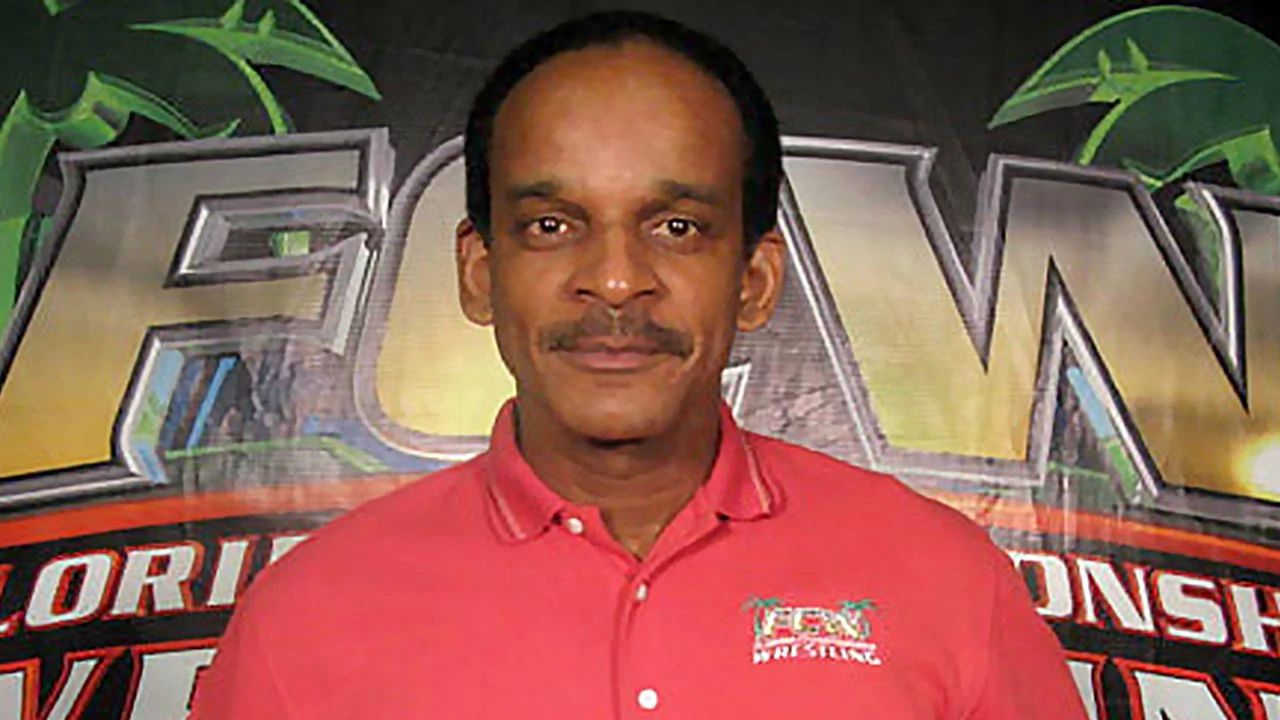fans of wrestling world championship in the late 1990s and early 2000s is certainly reminiscent of Norman Smiley. While he was not in the main event scene, not even getting a world title shot outside of a single tournament, wrestling fans who preferred to pay attention to the mid-card and then enjoyed Smiley’s antics during his time in the company. , and he became surprisingly popular with crowds in the process.
With an in-ring career that spanned from the mid-1980s to the late 2000s, there’s actually a lot to learn about Norman Smiley beyond his stint in WCW. Let’s take a look at what fans need to know about such an underrated legend, from his origins to how he contributes to the world of professional wrestling today.
10 Trained by the Malenkos
Born in Northampton, England in 1965, Norman Smiley grew up idolizing British technical wrestlers like Johnny Saint, but when he moved to Miami as a child in the early 1970s, he got into American wrestlers like Dusty Rhodes while watching Championship. Wrestling From Florida. With a background in amateur wrestling and bodybuilding, Smiley ended up receiving professional wrestling training from future WCW co-worker Dean Malenko along with his father, Boris Malenko. Smiley made his in-ring debut in 1985, performing under the ring name Black Magic and wrestling a handful of matches for the aforementioned Championship Wrestling From Florida.
9 Shoot style fighter in Japan
In addition to the Malenkos, Norman Smiley also ended up improving his technical wrestling skills under the tutelage of Karl Gotch, one of the most influential wrestlers of all time. Because Gotch was such a crucial figure in Japanese wrestling, Smiley was able to make his way overseas and wrestle for the shoot-style promotion Union of Wrestling Forces International in 1988. Over the course of about a year, Smiley wrestled solo with a handful of matches for the company, but shared the ring with some legendary talent, including Yoshiaki Fujiwara, Nobuhiko Takada, Akira Maeda and Minoru Suzuki.
8 He debuted for WCW in 1990
While Norman Smiley first appeared on the radars of many wrestling fans for WCW in the late 1990s, his debut for the promotion actually happened long before that. For starrcade ’90, WCW held an international tag team tournament in honor of former NWA World Champion Pat O’Connor, who had died earlier that year, and Norman Smiley teamed with fellow Brit Chris Adams to represent his country of origin. source.
Norman Smiley and Chris Adams were eliminated from the tournament in the first round by the Mexican team of Konnan and Rey Mysterio Sr., but the fight would lead to bigger and better things for Smiley.
7 CMLL World Heavyweight Champion
After their match, Konnan invited Norman Smiley to travel to Mexico to compete in what was the former’s local promotion at the time, CMLL. According to Smiley himself, what was meant to be a one-month stint ended up turning into a five-year run with the promotion. During that run, working under the name Black Magic once again, Smiley ended up defeating El Rayo de Jalisco Jr. to capture the vacant CMLL World Heavyweight Championship, which he held for 219 days with defenses against Brazo de Plata, Villano 4 and even King Haku (also known as Meng).
6 Started out as a middle man in WCW
Thanks to his relationship with Konnan, Norman Smiley was one of many performers in Mexico to come to WCW in the late 1990s, including Rey Mysterio Jr., Psychosis, and Konnan himself. However, while many of the Mexican exports were impressing fans in the cruiserweight division, Smiley was relegated to middleman status, losing matches in wcw saturday nighthis most significant match being an unsuccessful effort in the 1997 World War III battle royal.
5 Made popular with “The Big Wiggle”
During a hiatus from WCW television, Norman Smiley sought to spice up his act, knowing that professional wrestling requires a degree of showmanship to accompany in-ring skills. Smiley ended up finding inspiration in football while watching players do celebratory dances in the end zone. After two months away from viewers’ screens, Norman Smiley returned to WCW television in February 1998, performing the now-iconic dance dubbed “The Big Wiggle”, a sexually suggestive horse riding move with wide hip twists.
4 Two-time WCW Hardcore Champion
The year 1999 saw WCW establish itself in the footsteps of WWE and establish a hardcore division of its own, bringing in various members of the mid and undercard to participate. Norman Smiley was one of those artists who became part of the division and captured his first title in the company when he defeated Brian Knobbs in a tournament at Violence ’99 to become the first WCW Hardcore Champion.
Smiley’s initial reign with the Hardcore belt would last 51 days, but he would win it back seven months later when he defeated Carl Ouellet (also known as PCO) to win the title for a second time, over 42 days.
3 Became “Screamin'” Norman Smiley
As part of the hardcore divide, the decidedly non-hardcore Norman Smiley ended up adopting a new gimmick. Afraid of the division’s trademark hardcore antics, Smiley became known for emitting high-pitched shrieks during matches, earning him the nickname “Screamin'” Norman Smiley. On top of that, Smiley went out of his way to protect himself in his intense outings, often donning protective sportswear such as hockey pads to compete in these games. The new stunt not only turned out to be hilarious, but was also quite popular with fans.
two struggled from impact
When WWE purchased WCW in the spring of 2001, Norman Smiley was among the WCW stars who did not continue with the new company, although he would participate in a few tryout matches in subsequent years. However, he did not completely disappear from television, as he wrestled in the early days of TNA (now known as Impact Wrestling) in 2002. In 2006, he returned to the company for a run that lasted about a year, during which in he mostly teamed with fellow comic wrestler Shark Boy in unsuccessful efforts.
1 Become a WWE Trainer
In 2007, following his departure from Impact, Norman Smiley took a job as a trainer for Florida Championship Wrestling, which at the time was WWE’s developmental system. Responsible for training female talent, Smiley also appeared on FCW television as an authority figure from time to time. When FCW transitioned to NXT, Smiley stayed on as a molding and developmental talent trainer at the WWE Performance Center once it opened in July 2013.
